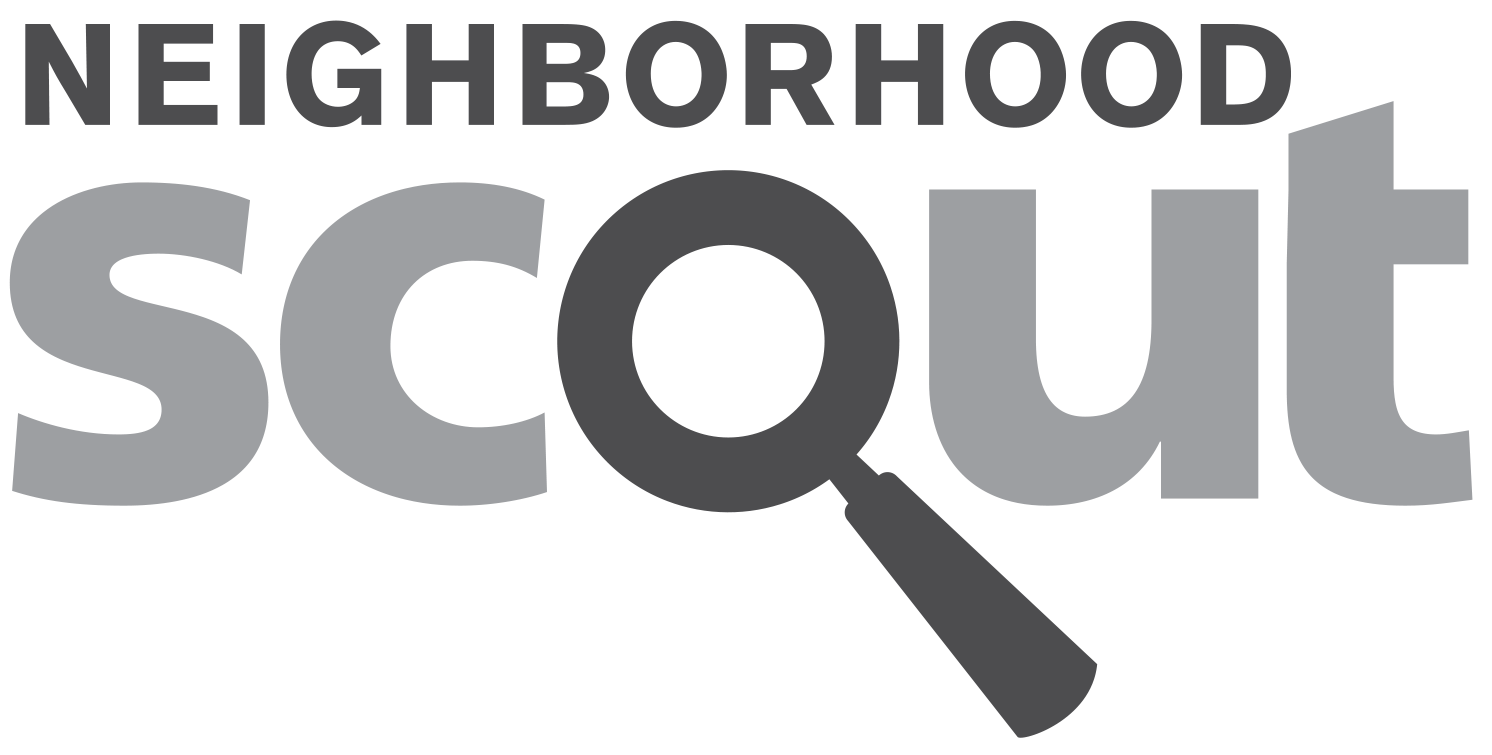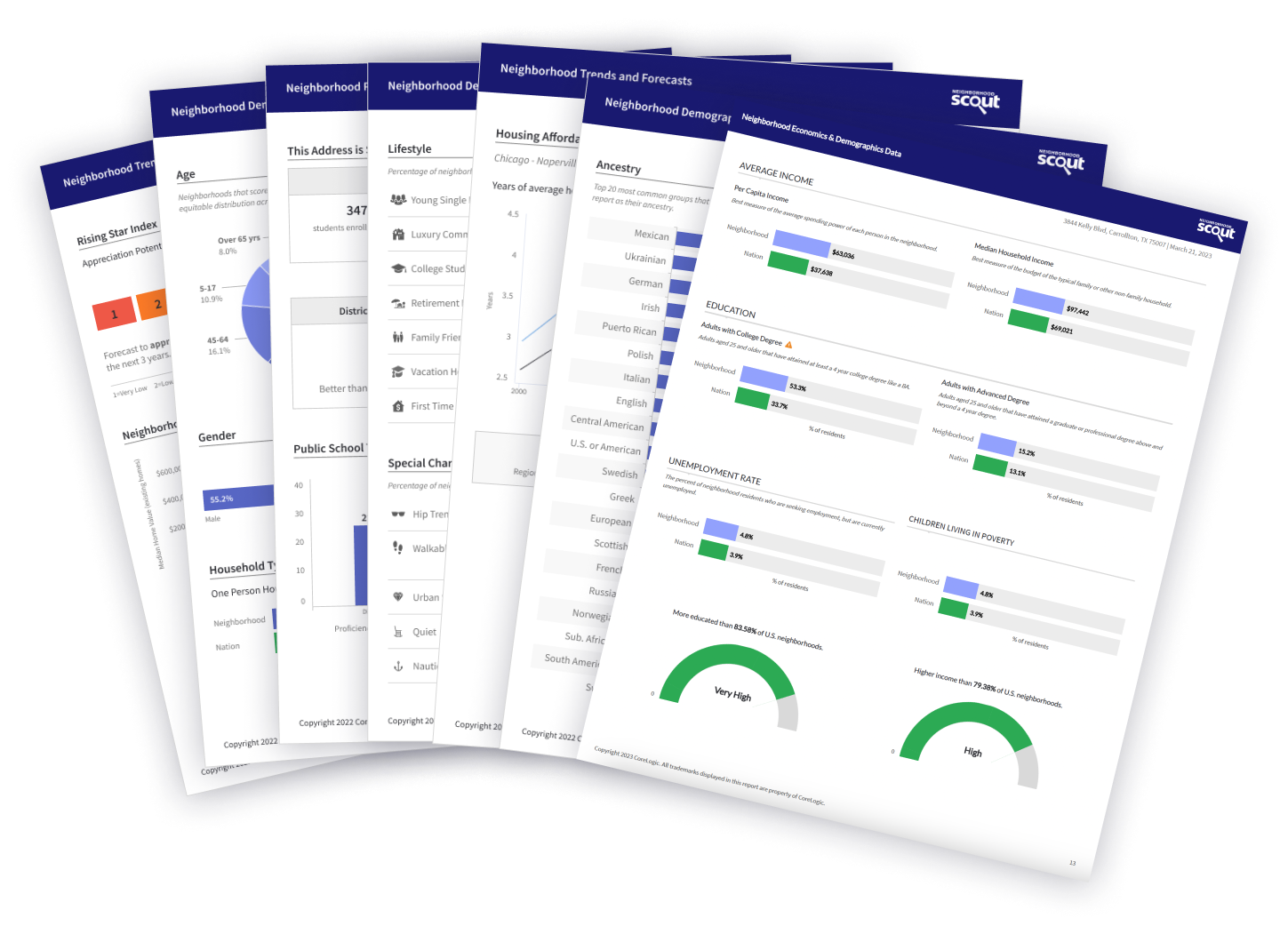Boykin is a tiny town located in the state of Alabama. With a population of 208 people and just one neighborhood, Boykin is the 378th largest community in Alabama.
Unlike some towns, Boykin isn’t mainly white- or blue-collar. Instead, the most prevalent occupations for people in Boykin are a mix of both white- and blue-collar jobs. Overall, Boykin is a town of service providers, sales and office workers, and production and manufacturing workers. There are especially a lot of people living in Boykin who work in maintenance occupations (29.57%), sales jobs (20.87%), and personal care services (12.17%).
Another notable thing is that Boykin is a major vacation destination. Much of the town’s population is seasonal: many people own second homes and only live there part-time, during the vacation season. The effect on the local economy is that many of the businesses are dependent on tourist dollars, and may operate only during the high season. As the vacation season ends, Boykin’s population drops significantly, such that year-round residents will notice that the city is a much quieter place to live.
The overall crime rate in Boykin is one of the lowest in the US. This makes it one of the safer places to live in the country in terms of crime.
It is a fairly quiet town because there are relatively few of those groups of people who have a tendency to be noisy. (Children, for example, often can't help themselves from being noisy, and being parents ourselves, we know!) Boykin has relatively few families with children living at home, and is quieter because of it. Renters and college students, for their own reasons, can also be noisy. Boykin has few renters and college students. But the biggest reason it is quieter in Boykin than in most places in America, is that there are just simply fewer people living here. If you think trees make good neighbors, Boykin may be for you.
In Boykin, however, the average commute to work is quite long. On average, people spend 41.92 minutes each day getting to work, which is significantly higher than the national average.
Being a small town, Boykin does not have a public transit system used by locals to get to and from work.
In terms of college education, Boykin ranks among the least educated cities in the nation, as only 0.00% of people over 25 have a bachelor's degree or advanced degree.
The per capita income in Boykin in 2022 was $12,303, which is low income relative to Alabama and the nation. This equates to an annual income of $49,212 for a family of four.
The people who call Boykin home describe themselves as belonging to a variety of racial and ethnic groups. The greatest number of Boykin residents report their race to be Black or African-American, followed by White. Important ancestries of people in Boykin include German, English, Yugoslavian, Other West Indian, and West Indian.
The most common language spoken in Boykin is English. Other important languages spoken here include African languages and Arabic.
When you see a neighborhood for the first time, the most important thing is often the way it looks, like its homes and its setting. Some places look the same, but they only reveal their true character after living in them for a while because they contain a unique mix of occupational or cultural groups. This neighborhood is very unique in some important ways, according to NeighborhoodScout's exclusive exploration and analysis.
One of the unique characteristics of the neighborhood revealed by analysis is that the per capita income of residents here is lower than that found in 99.6% of the neighborhoods in America. Also of note, 65.8% of the children in this area live in poverty; an extraordinarily high percentage compared to other neighborhoods in the nation. In a nation where approximately one in four children grows up in poverty, this neighborhood stands out for the depth of the problem manifested here.
In addition, whether by choice, divorce, or unplanned pregnancy, single moms may have the toughest job in the book. NeighborhoodScout's exclusive analysis reveals that the neighborhood has more single mother households than 98.7% of the neighborhoods in the U.S. Often high concentrations of single mother homes can be a strong indicator of family and social issues such as poverty, high rates of school dropouts, crime, and other societal problems.
Also, the neighborhood is unique for having just 3.4% of adults here having earned a bachelor's degree. This is a lower rate of college graduates than NeighborhoodScout found in 98.2% of America's neighborhoods.
Finally, the neighborhood stands out within Alabama for its college student friendly environment. NeighborhoodScout's analysis reveals that this neighborhood is home to a number of college students, is relatively walkable, and above average in safety. In combination, this makes it stand out for a good place for college students to consider. Because a number of college students live here, this neighborhood may be close to a college campus and offer certain amenities nearby geared towards the student body. While it's not an environment for everyone, ambitious scholars can enjoy seasonal excitement between semesters and school breaks, and parents can rest easy knowing that the area has an above average safety rating. For each of these reasons, the neighborhood is rated among the top 9.1% of college-friendly places to live in AL.
The neighborhood stands out for having the majority of its residential real estate made up of mobile homes. In fact, 55.2% of the occupied real estate here are mobile homes, which is a greater proportion than is found in 99.4% of the neighborhoods in the U.S. If you like mobile homes, this might be a great neighborhood in which to look for real estate.
In addition, uncrowded roads, rural America and space to be the individual you are. If you like these characteristics, this neighborhood may fit you. With just 8 residents per square mile, is less crowded than 97.5% of all U.S. neighborhoods.
Furthermore, vacant homes and apartments are a significant characteristic of this neighborhood. In fact, with 35.9% of the residential real estate vacant, the neighborhood claims the distinction of having a higher vacancy rate than 96.9% of the neighborhoods in America. This can either be because much of the property is seasonally occupied, like in many vacation areas, or that much of the real estate is more permanently abandoned.
NeighborhoodScout's exclusive research identifies the neighborhood as having one of the highest concentrations of people employed in manufacturing or as laborers of any neighborhood in America. In fact, despite the loss of manufacturing jobs nationally, this neighborhood has 52.5% of its working residents employed in such fields, which is a higher proportion than 99.3% of American neighborhoods.
Whether walking, biking, riding, or driving, the length of one's commute is an important factor for one's quality of life. The neighborhood stands out for its commute length, according to NeighborhoodScout's analysis. Long commutes can be brutal. They take time, money, and energy, leaving less of you for yourself and your family. The residents of the neighborhood unfortunately have the distinction of having, on average, a longer commute than most any neighborhood in America. 17.1% of commuters here travel more than one hour just one-way to work. That is more than two hours per day. This percentage with two-hour + round-trip commutes is higher than NeighborhoodScout found in 99.2% of all neighborhoods in America.
Some neighborhoods have more internal cohesiveness than others. While other neighborhoods feel like a collection of strangers who just happen to live near each other. Sometimes this comes down to not only the personalities of the people in a place, but how long people have been together in that neighborhood. NeighborhoodScout's research has revealed some interesting things about the rootedness of people in the neighborhood. More residents of the neighborhood live here today that also were living in this same neighborhood five years ago than is found in 98.3% of U.S. neighborhoods. This neighborhood is really made up of people who know each other, don't move often, and have lived here in this very neighborhood for quite a while.
There are two complementary measures for understanding the income of a neighborhood's residents: the average and the extremes. While a neighborhood may be relatively wealthy overall, it is equally important to understand the rate of people - particularly children - who are living at or below the federal poverty line, which is extremely low income. Some neighborhoods with a lower average income may actually have a lower childhood poverty rate than another with a higher average income, and this helps us understand the conditions and character of a neighborhood.
The neighbors in the neighborhood in Boykin are low income, making it among the lowest income neighborhoods in America. NeighborhoodScout's research shows that this neighborhood has an income lower than 99.6% of U.S. neighborhoods. With 65.8% of the children here below the federal poverty line, this neighborhood has a higher rate of childhood poverty than 98.0% of U.S. neighborhoods.
What we choose to do for a living reflects who we are. Each neighborhood has a different mix of occupations represented, and together these tell you about the neighborhood and help you understand if this neighborhood may fit your lifestyle.
In the neighborhood, 52.5% of the working population is employed in manufacturing and laborer occupations. The second most important occupational group in this neighborhood is sales and service jobs, from major sales accounts, to working in fast food restaurants, with 22.4% of the residents employed. Other residents here are employed in clerical, assistant, and tech support occupations (21.5%), and 3.6% in executive, management, and professional occupations.
Languages
The most common language spoken in the neighborhood is English, spoken by 98.1% of households.
Ethnicity / Ancestry
Culture is shared learned behavior. We learn it from our parents, their parents, our houses of worship, and much of our culture – our learned behavior – comes from our ancestors. That is why ancestry and ethnicity can be so interesting and important to understand: places with concentrations of people of one or more ancestries often express those shared learned behaviors and this gives each neighborhood its own culture. Even different neighborhoods in the same city can have drastically different cultures.
In the neighborhood in Boykin, AL, residents most commonly identify their ethnicity or ancestry as Sub-Saharan African (3.1%). There are also a number of people of African ancestry (3.1%).
Even if your neighborhood is walkable, you may still have to drive to your place of work. Some neighborhoods are located where many can get to work in just a few minutes, while others are located such that most residents have a long and arduous commute. The greatest number of commuters in neighborhood spend between 45 minutes and one hour commuting one-way to work (50.2% of working residents), longer and tougher than most commutes in America.
Here most residents (86.9%) drive alone in a private automobile to get to work. In addition, quite a number also carpool with coworkers, friends, or neighbors to get to work (7.6%) . In a neighborhood like this, as in most of the nation, many residents find owning a car useful for getting to work.

